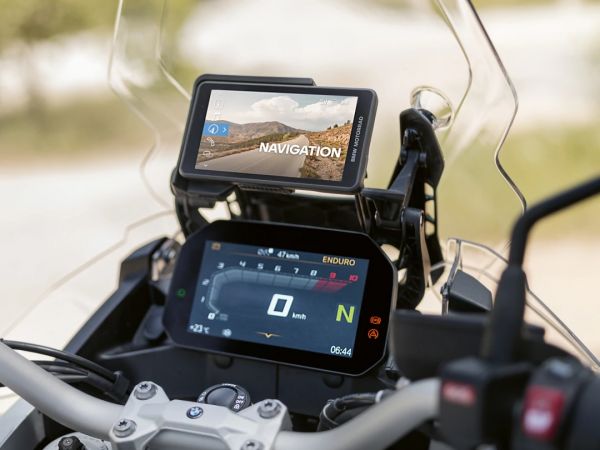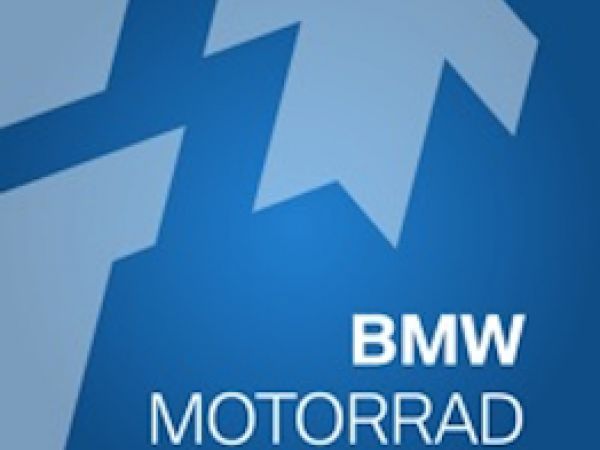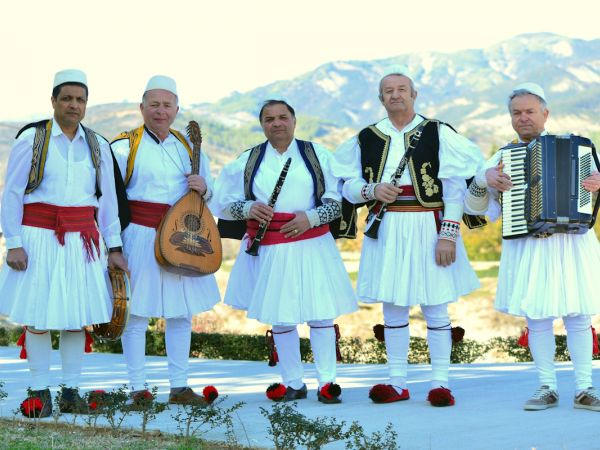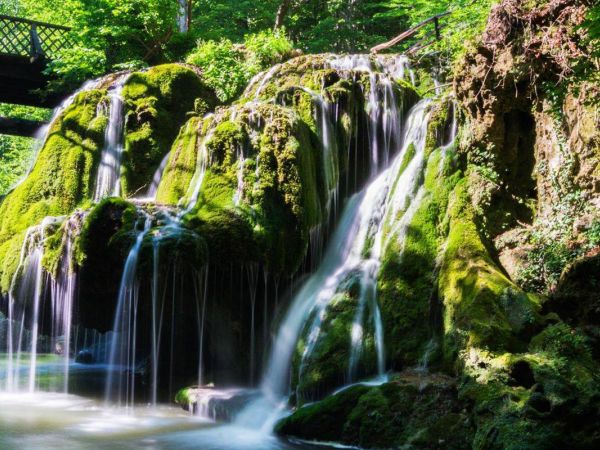* How much cash should I take with me?
* How much cash should I take with me?
It depends on personal preference:
Some people prefer to pay with a credit card, others prefer cash.
We recommend a few hundred USD or EUR, preferably in bills up to a maximum of 50.
Should I worry about running out of cash while traveling?
No. ATMs are widely available in all countries where cash can be easily withdrawn.
Our tip:
A combination of a credit card and some cash in small bills is the safest solution.
TAGS
travel moneyMoto Tours

* Balkan-Italy Adventure Tour
Approx. 2340 miles!
14 riding days through 5 countries!
15 overnight stays + 2 overnight stays on a ferry!

* Balkan-Carpathians-Albanian Alps Tour 2
Approx. 3138 miles!
21 riding days through 7 countries!
27 overnight stays!

* Balkan-Romania Adventure Tour
Approx. 2220 miles!
11 riding days through 5 countries!
12 overnight stays!

* Balkan-Carpathians-Albanian Alps Tour 1
Approx. 2520 miles!
15 riding days through 7 countries!
18 overnight stays!

* Croatia-Italy-France Adventure Tour
Approx. 1990 miles!
15 riding days through 4 countries!
17 overnight stays + 1 overnight stay on a ferry!

* Croatia-Sicily-Amalfi Coast Tour
Approx. 2730 miles!
18 riding days through 3 countries + Sicily!
21 overnight stays + 1 overnight stay on a ferry!

* New Zealand Adventure Tour
Approx. 4133 miles!
20 riding days through the South and North Island!
24 overnight stays + 1 overnight stay on a cruise!

Croatia - Route des Grandes Alpes, July 2025
2 Americans - 1 boy and 1 girl, 1 motorcycle - a BMW R1250GS, one motorcycle tour and one goal ...

Balkans - Italy Tour, May 2025
Together we covered about 3700 km, crossing the Adriatic twice, from Durrës to Bari and from Ancona to Split.

Balkans - Romania Tour, June 2025
At the end of June 2025, the time had finally come. Between June 23 and June 25, all participants in this tour gradually arrived in Trogir.

Money protection in the event of insolvency
Money Protection Certificate according to § 651r and § 651w of the Civil Code of the Federal Republic of Germany ...

Packing list for a motorcycle tour
Pack your things and get going...

Travel planning and navigation
The next vacation is just around the corner, hopefully, and you've decided to finally ...

Riding a motorcycle in a group or alone?
Riding a motorcycle in a group or riding alone? Are you worried about safety, contact with other people ...

The International Driving Permit
Understanding the International Driving Permit (IDP). A Key to Smooth Overseas Riding for ...

BMW Motorcycle ConnectedRide Navigator
The new BMW Motorcycle ConnectedRide Navigator ...

BMW-ConnectedRide Cradle and Connected App
Riders of new BMW models have several options for using information and entertainment ...

Curiosities and interesting facts about Albania
More than 10 good reasons why Albania is worth visiting. It is a destination that everyone should ...

Everything you wanted to know about Romania
When is the best time to go to Romania? Well, the best time travelling to Romania and take ...

